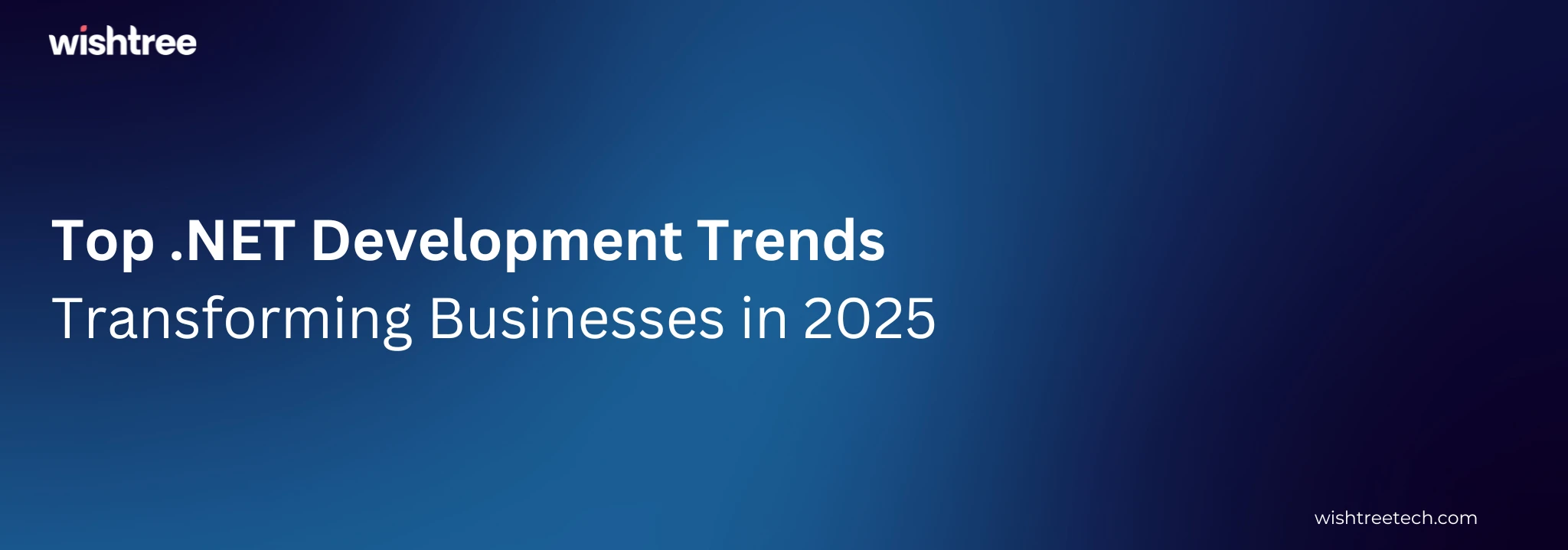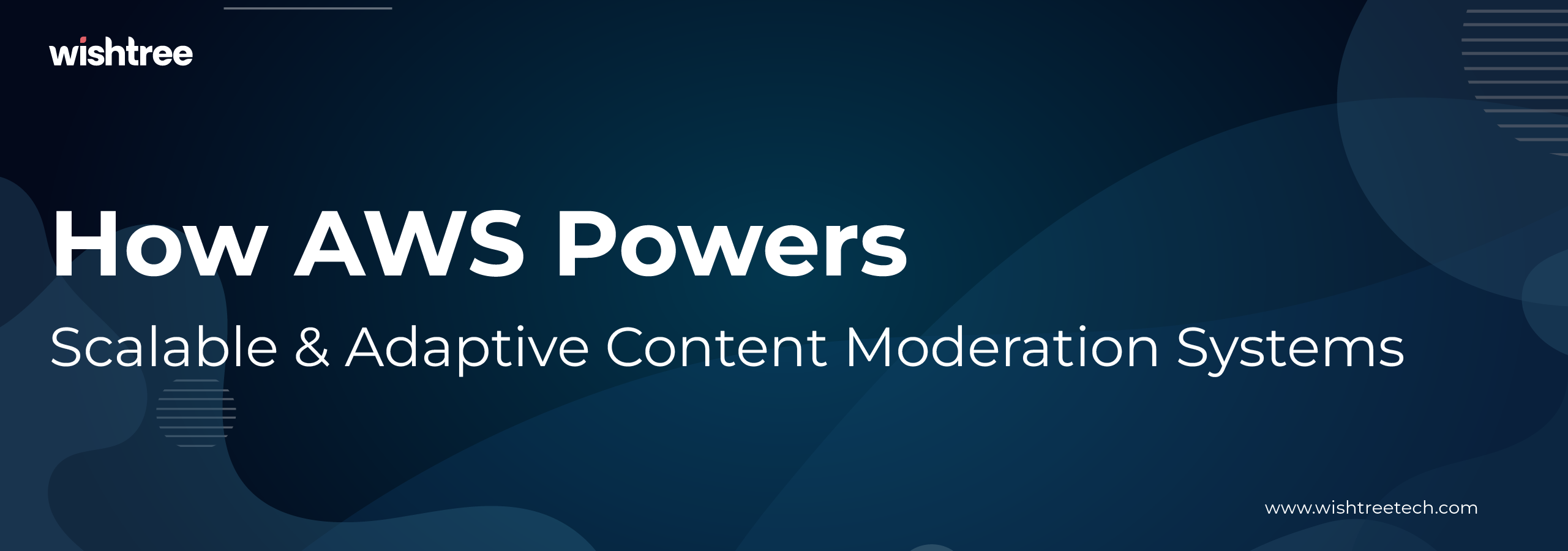Table of Contents
In today’s data-driven world, cyber threats loom large, and enterprises can no longer afford to be complacent about cloud security. While the convenience and scalability of cloud computing are undeniable, they introduce a new security landscape demanding a proactive approach.
This blog serves as a comprehensive guide for enterprises navigating the ever-evolving realm of cloud security. We’ll delve into the significant challenges, explore best practices to fortify your defenses, and shed light on emerging trends shaping the future of cloud security.
Understanding the Adversary: Key Cloud Security Challenges
- Data Breaches and Evolving Cyberattacks: Cloud-based data storage exposes enterprises to a wider attack surface. Malicious actors employ sophisticated techniques like malware, ransomware, and DDoS attacks to target cloud infrastructure and applications, potentially leading to devastating consequences.
- The Insider Threat: Disgruntled employees or those with privileged access can inadvertently or intentionally compromise sensitive data. Stringent access controls and security awareness training are crucial in mitigating this risk.
- Misconfigurations and Limited Visibility: Inadvertent misconfigurations, like improperly secured storage buckets or vulnerable APIs, can create security gaps. Additionally, the lack of granular visibility into cloud environments makes it challenging to identify and address these vulnerabilities effectively.
For more insights on how to effectively identify and address these vulnerabilities, consider exploring our Cloud Security Assessment services.
- Compliance Failures: Navigating the maze of industry regulations like GDPR, HIPAA, and PCI DSS can be daunting. Failure to comply can result in hefty fines and reputational damage. A robust cloud security posture is paramount for ensuring compliance.
- Cloud Service Provider Reliance and Shared Responsibility: Enterprises are entrusting their data to cloud providers. Security breaches at the provider level can have cascading effects. Understanding the shared security model and holding your CSP accountable for their security practices is vital.
- Security Concerns During Cloud Migration: The cloud migration process itself can introduce security risks if not meticulously planned and executed. Implementing robust security controls throughout the migration journey is essential.
Building Your Cloud Security Arsenal
Best Practices for Enterprises
- IAM: Identity and Access Management as the First Line of Defense: Enforce strong authentication mechanisms like multi-factor authentication (MFA) and implement the principle of least privilege to grant access only to what’s necessary. Role-based access controls (RBAC) further strengthen your defenses. To learn more about how Wishtree can help you implement robust IAM solutions, visit our Identity and Access Management page.
- Security Monitoring and Logging for Vigilance: Centralized logging and monitoring solutions provide continuous visibility into cloud activity. Security information and event management (SIEM) tools help analyze log data to detect and respond to potential threats promptly.
- Cloud Security Posture Management (CSPM): CSPM solutions continuously assess your cloud environment’s security posture, automate the detection and remediation of misconfigurations, and ensure adherence to security best practices and compliance requirements.
- Cloud Workload Protection Platform (CWPP): Deploy CWPPs to safeguard cloud-based applications, containers, and serverless functions. Vulnerability scanning, file integrity monitoring, and application whitelisting are some key security controls offered by CWPPs.
- DevSecOps – Integrating Security into the Development Lifecycle: By embracing DevSecOps principles, security becomes an integral part of the software development process. Secure coding practices, automated security testing, and continuous integration/continuous deployment (CI/CD) pipelines with embedded security checks significantly reduce vulnerabilities.
- Incident Response and Disaster Recovery: Develop and regularly test incident response and disaster recovery plans tailored to your cloud environment. Establish clear communication protocols and maintain backup and recovery processes to ensure business continuity in the event of a security incident.
- Security Awareness Training: Regular security awareness training equips employees to identify and avoid security threats like phishing attempts. It fosters a culture of security consciousness within the organization.
Emerging Trends Shaping the Future of Cloud Security
- Serverless Security: Securing the Evolving Landscape: As serverless computing gains traction, robust identity and access management, comprehensive monitoring, secure coding practices, and leveraging provider-specific security services are crucial for securing serverless functions.
- Containers and Kubernetes Security: Fortifying the Microservices Architecture: Containerized applications and Kubernetes environments require role-based access controls, hardened container images, secure communication channels, network policies, and comprehensive monitoring and logging.
- Zero Trust Security Model in the Cloud: Eliminating Implicit Trust: The Zero Trust model assumes all users, devices, and applications are untrusted. It enforces a least-privilege access approach, multi-factor authentication, micro-segmentation of networks, continuous monitoring, and integration with Zero Trust security solutions to provide comprehensive protection.
Cost-Benefit Analysis of Cloud Security
Investing in cloud security may seem like an additional expense, but the potential cost of a security breach can be far greater. Here’s a breakdown of the cost-benefit analysis:
- Cost of a Security Breach:
- Financial penalties for non-compliance with regulations.
- Data recovery and remediation costs.
- Loss of customer trust and brand reputation.
- Potential lawsuits and legal fees.
- Benefits of Robust Cloud Security:
- Protects your valuable data and intellectual property.
- Ensures business continuity and minimizes downtime.
- Maintains compliance with industry regulations.
- Builds customer trust and strengthens your brand reputation.
- Improves overall operational efficiency.
By implementing strong cloud security measures, you can significantly reduce the risk of a breach and its associated costs. The return on investment (ROI) associated with cloud security is substantial, considering the potential financial and reputational damage that a breach can cause.
Conclusion
Partnering for Success in the Cloud Security Landscape
Cloud security is a continuous journey, not a destination. By understanding the evolving threats, implementing the best practices outlined above, and staying abreast of emerging trends, enterprises can build a robust cloud security posture.
However, navigating this complex landscape can be challenging. Partnering with a reputable cloud security expert like Wishtree Technologies can provide invaluable guidance and support. Our team of experts possesses the experience and expertise to:
- Conduct comprehensive cloud security assessments to identify vulnerabilities and gaps.
- Design and implement a customized cloud security strategy aligned with your specific needs and compliance requirements.
- Deploy best-in-class cloud security solutions for comprehensive protection.
- Provide ongoing monitoring, management, and support to ensure the continued security of your cloud environment.
Don’t wait until a security breach occurs to take action. Contact Wishtree Technologies today and take a proactive step towards securing your cloud environment.





